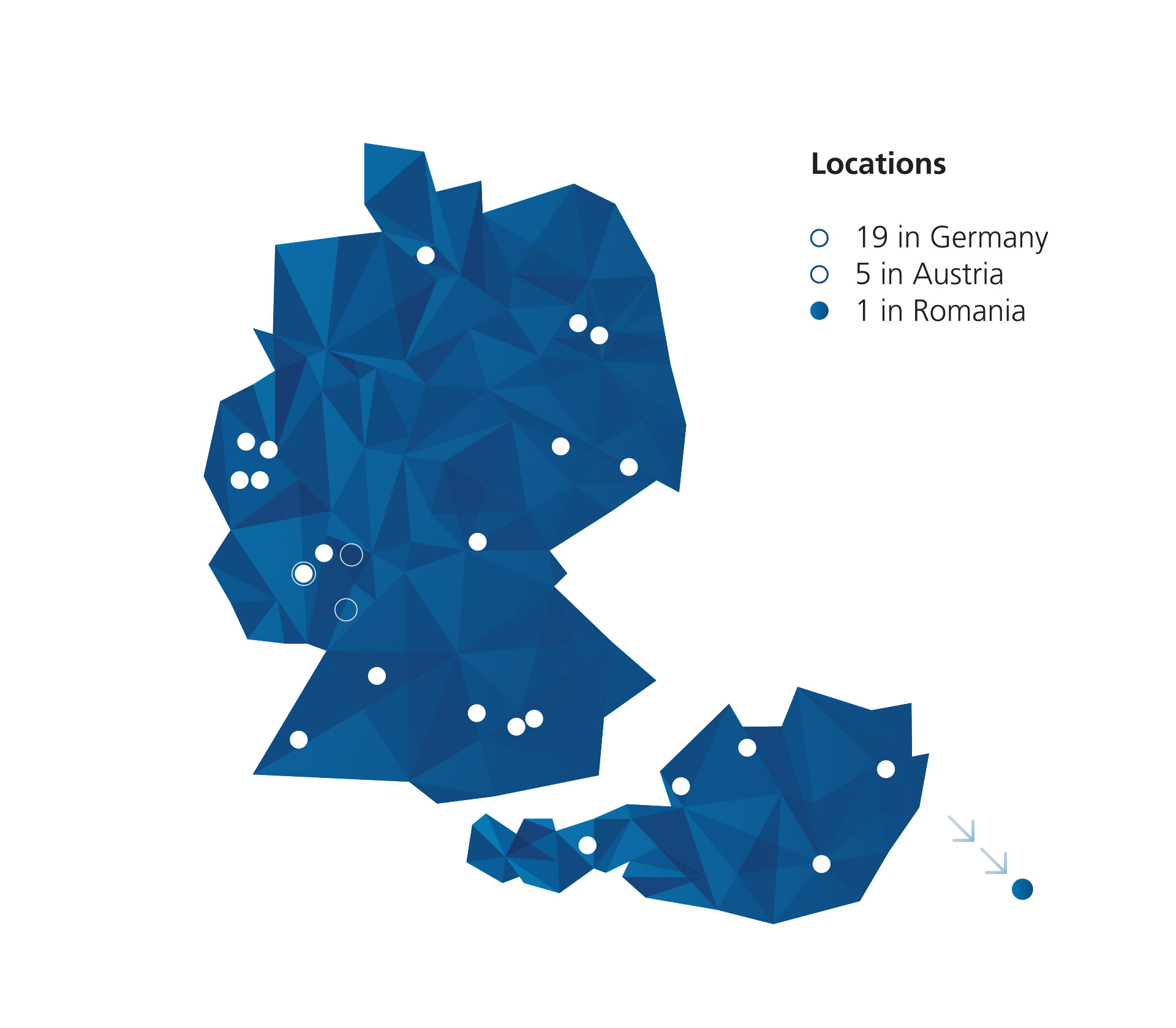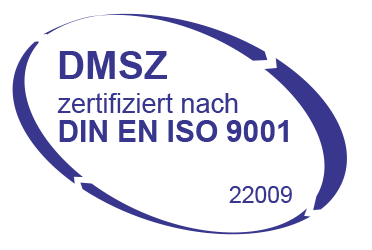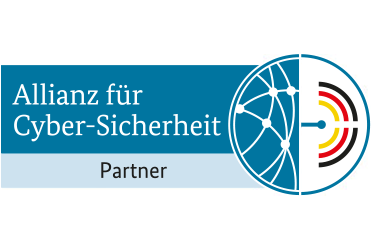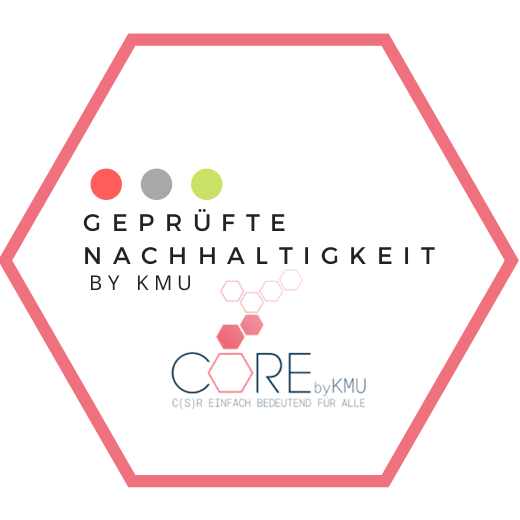Dino Bordonaro, Teamlead Azure
 We talked to Dino Bordonaro at the end of 2022. The Azure expert spoke about his 'baby', Azure Stack HUB, various ways of process optimization, and why he prefers to sell visions and strategies rather than products.
We talked to Dino Bordonaro at the end of 2022. The Azure expert spoke about his 'baby', Azure Stack HUB, various ways of process optimization, and why he prefers to sell visions and strategies rather than products.
This interview was conducted in the year 2022.
Medialine: Hello Dino! How nice that you could take the time for our conversation.
Bordonaro: Hello! Of course, happy to do it.
Medialine: You have been part of the Medialine Group since January 1st 2022. How did you feel welcomed and how do you feel about working with your colleagues?
Bordonaro: This needs to be differentiated. Due to Corona, the circumstances could have been better, many are working from home and that made personal interactions more difficult. In addition, I had my concerns about how the transition from 20 years of being a self-employed managing director to a regular employee would work. But the work atmosphere is simply sensational. The colleagues are extremely considerate, respectful, and kind. There is absolutely no room for envy, bullying, or hatred. Medialine is a true "People Company" - and this is despite and with the heavy workload that we all have to handle. If personal contact continues after a long day at work, then I think a lot of things are going right.
Medialine: Absolutely! How nice that you feel so comfortable. We are also very glad to have you with us! In terms of technical expertise and knowledge in the Microsoft area, you bring a lot to the table: You even have MVP status as only one of 26 people in Germany. Could you briefly explain how to acquire this status and what it means?
Bordonaro: Basically, there are two ways to get this status: Either you stand out in the community, or you are recommended by a product manager. To be noticed in the community, you have to show a strong presence - attend many meetups, speak at events. In the end, it's about visibility, which spills over into the USA. Then you are recommended through a special portal to a community manager who is specifically responsible for the MVP program in Europe. You are then contacted and must provide very precise and detailed evidence of your contributions - where you were and when, outside of a professional context. The intention behind this should be: "I want to make my contribution to the community. Share your know-how, sharing is caring."
The other way is through interaction with product managers. They are responsible for individual aspects of topics such as the frontend or backup of products. If you generate a lot of traffic here and constantly contribute impact and improvement ideas, these employees can also recommend you as an MVP. At the end of the day, however, the software developers and product managers in the States decide whether I am allowed to carry the status. Once you have this status, it is a great honor, as you are then one of only about 3,000 people worldwide.
I received the status through product engineering and product development for Microsoft Azure, for the fourth consecutive year this year. I have to evaluate the whole thing annually. Since November 1, 2022, there has been a new "subtitle" within the program, the Azure Hybrid MVP. This combines Azure Stack HCI Hub and Microsoft Arc, and there are only 15 of us worldwide. So it is a great honor and recognition.
Medialine: Wow, that's really outstanding! With so much Microsoft expertise: do you have a specific product that you like the most?
Bordonaro: I definitely have a product that I am the most attached to: Microsoft Azure Stack HUB, which is the isolated, highly secure private cloud from Microsoft. That's sort of my "baby." I've been developing the HUB for about seven years now. Thousands of hours of work have gone into it. The bond here comes mainly from the people I worked with on it - in the end, it's my favorite people-system, as I like to call it.
Microsoft Azure is one of the first products that Microsoft had to build primarily to generate profit. In the past, people simply bought a server, but today everything runs on platform services that are paid for according to usage. For a long time, Microsoft was primarily focused on cloud services through Azure. Anything that could not be put in the cloud was perceived as bad. However, data protection regulations in Germany partially prevented this from being possible. Meanwhile, there is a real public cloud that is located in Frankfurt West. But what Microsoft has learned is that even if they put 85% in the cloud, at the end of the day, they still need the remaining 15% that they can put on a piece of hardware, but that they still have to manage like a cloud. And the answers developed for this are Azure Stack HUB or HCI.
Medialine: What are the major advantages of Azure Stack HUB or Azure Stack HCI?
Bordonaro: It depends very much on the application area. An illustrative example is motorsport: I once had a conversation with the AMG Petronas racing team, who made it clear to me that the half-second latency that data traffic from the racetrack to the cloud requires can decide between engine failure or race victory. They need real-time data processing. The HUB is the ideal way to always have Azure at the edge here. This makes the HUB perfect for use in critical infrastructure: nuclear power plants, gas, water and electricity supply, hospitals - even a bank or insurance company for regulatory reasons. In addition, the box itself is sealed and cannot be changed: Microsoft is responsible for the configuration and they are also the admin of the whole thing.
The HCI, on the other hand, always needs an active connection to the cloud. But you also have the "Candy Shop" with an extremely large number of things that are directly compatible with the Edge. Also with VDI: You can work with 3D graphics cards, for example, or even add components later! The HCI is open and changeable - a system validated by Microsoft, but in the end the customers are the administrators. The big topic with HCI is central management. The vision behind it is that when a person logs in to the Azure portal in the morning, all services are visible and available from all devices all the way down to backup. Even potential VMware systems can be depicted. Microsoft itself calls this "winning the control plan". You can get much more security, much more transparency with a lot fewer people.
Both models have the same processes because it's all about process homogeneity. The advantage for customers is that if they need, for example, a virtual machine, they can run it on either the HUB or the HCI depending on their requirements. The process is the same - it doesn't matter whether the HUB is located in their office or running in Amsterdam, Dublin, or New York. Ultimately, it's about efficiency and meeting specific requirements. The key terms here are JEA and JIT, "Just Enough Administration" and "Just in Time Administration". Access rights and management options should be controlled and determined as best as possible. This ensures that only employees who really need access have it.
Medialine: That sounds like an incredibly wide range of offerings and applications for the different solutions. You have already presented the cloud issue with all its advantages and disadvantages through the HUB and HCI. Directly related to this is the topic of multi-cloud. Would you say that customers are best prepared and equipped for this through the Azure products?
Bordonaro: Definitely. Basically, multi-cloud means not just hyper scalers; It’s already considered multi-cloud if you combine both public cloud elements and HUB systems with us. In this case, Tanzu can also be run if necessary. Through Microsoft Arc - which I like to call, somewhat primitively, "a long patch cable into the Microsoft Cloud"– we can map different solutions and manage everything seamlessly. Even a Tanzu Kubernetes cluster can then be fully visible in the Azure Portal.
The special thing about this is not necessarily the multi-cloud aspect, but the system behind it: Service Mash, which enables service-to-service communication. This makes it possible to set up services such as an online shop as a container-based architecture and run them across different hyper scalers like AWS, Google Cloud, or Microsoft Cloud. You can even go so far as to add an HCI or HUB – to run payment processes, for example, and thus meet the compliance and security regulations of the GDPR. Volkswagen Financial Services, for example, does the same thing when calculating financing options for cars that can be requested online.
Medialine: Truly versatile! So, how does such a solution approach with customers work: What is particularly important to you in this regard, and in which areas do you think our company is particularly outstanding?
Bordonaro: At the end of the day, it's about finding the right cloud strategy for all the customer's challenges in the use case. That's why I involve myself and my consulting team in projects as early as possible and am there for our clients to introduce our USP cloud strategy. That is why, in my opinion, we are one of the best partners in the DACH region for this, as we have so much expertise and so many tools at our disposal to work with.
By the way, we are always looking for new employees to join our team! As I mentioned at the beginning, the work environment at Medialine leaves nothing to be desired. Additionally, I always enjoy sharing my many years of expertise with colleagues. This is the only way to promote progress and further education, all moving together in the same direction. Ultimately, it's all about working for our clients: We want to provide them with visions and strategies, to act as a trusted advisor in the long run and to accompany the complete transformation from on-prem IT to the cloud or a hybrid solution.
We never speak of "either, or" with multi-cloud, but always of "both, and". The cloud can even be excluded initially - we create a requirements matrix with the customer, precisely according to their needs, and then consider what the architecture looks like. For example, AWS may be used for the website, but Microsoft Azure for the ERP software. For the customer, none of this matters: the connectivity and VDI concept are designed in such a way that it doesn't matter where it runs. Logging in is done via a client and in the end, you are everywhere. That's exactly our strength: on behalf of the customer, we derive an advantage from IT, not just a monthly cost center.
We never speak of "either, or" in the context of multi-cloud, but always of "both, and." The cloud can even be left out at first - we create a requirements matrix with the customer, exactly according to his requirements and then consider how the architecture looks. Maybe AWS will be used for the website, but Microsoft Azure for the ERP software. The customer doesn't care about any of this: The connectivity and VDI concept are set up so that it doesn't matter where it runs. You log in via a client and in the end, you are everywhere. That's exactly our strength: We derive an advantage from IT on behalf of the customer and not just a monthly cost center.
Medialine: That's a nice closing statement. Thank you for your time, Dino!
Bordonaro: Thank you!
Are you interested in supporting Dino on the Medialine team? You can also apply to us as a change-of-career applicant.
Click here to go to the job portal!






